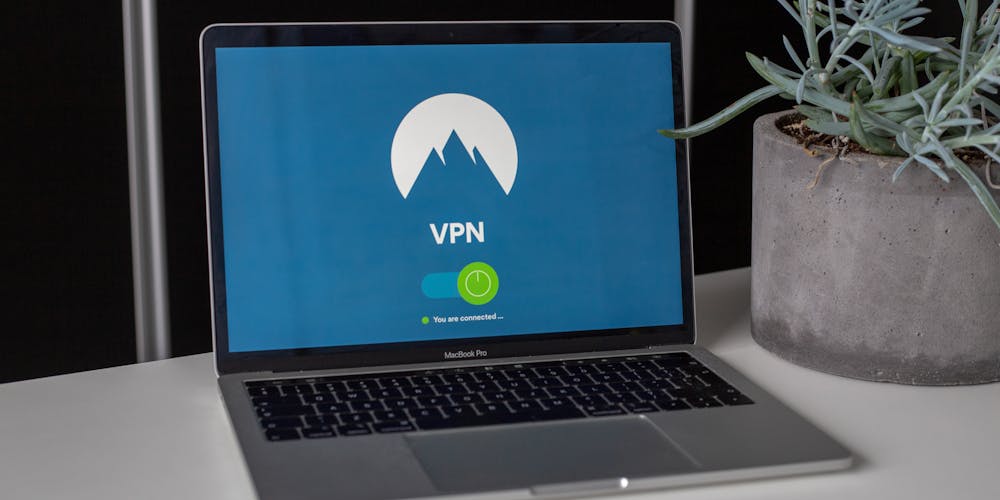Cisco’s security division has raised concerns over a surge in cyberattacks that are exploiting brute-force methods to compromise important online services. Since the latter half of March, there has been an alarming increase in these forceful attacks aimed at overcoming the authentication processes that protect internet-based services. These cybercriminals are not discriminating in their targets, with attacks reported on a variety of devices and services that are integral to internet security. Among those targeted are VPN gateways, Cisco’s own Secure Firewall VPN solutions, and the SSH protocol, which is commonly used for secure remote access. This uptick in attacks represents a severe threat as perpetrators relentlessly attempt various combinations of usernames and passwords to break into systems. Their aim is to illegitimately access and potentially exfiltrate confidential data or assume control over critical systems. This pattern of brute-force attacks signals a need for heightened vigilance and enhanced security measures to safeguard against unauthorized access and the potential compromises that could ensue.
Rampant Attacks on Authentication Services
The Scope and Impact of Recent Brute-Force Incidents
Since mid-March 2024, Cisco has raised alarms about a substantial rise in brute-force attacks targeting a variety of network security devices and services, including VPNs from leading companies like Cisco, Fortinet, Checkpoint, and SonicWall, as well as web authentication interfaces and SSH services. These attacks are worrisome as they challenge the defenses of crucial cybersecurity gateways by attempting to decipher login details through relentless trial and error.
A successful brute-force attack represents a serious threat as it can lead to unauthorized access and the potential exposure of sensitive data. Furthermore, the concerted guessing efforts could result in user account lockouts, interrupting operations and possibly causing significant downtime, leading to financial losses. Network administrators are engaged in an ongoing battle to fortify their safeguards against these determined incursions that show no signs of abating.
Methods of Obfuscating the Attacker’s Identity
Sophisticated attackers are hiding behind anonymizing services such as TOR and various proxy providers including IPIDEA, BigMama, and Nexus Proxy, complicating efforts to track and attribute the source of these brutish attacks. Cisco Talos reports indicate that traffic from these cyberattacks is predominantly emerging from IP addresses linked to these services, suggesting a systematic approach to conceal illicit activities. This poses a challenge for security teams trying to mitigate the risk and pinpoint the culprits behind these offenses.
Attack patterns are revealing the use of both common and legitimate usernames associated with particular organizations. The geographic diversity in the origins of these attacks is vast, hinting at a strategy that does not discriminate by location when seeking potential victims. This global issue highlights the need for a collective cybersecurity posture and underscores the importance of shared intelligence and cooperation among organizations and security vendors.
Continuous IoT Vulnerability Exploits
The Persistent Threat to IoT Devices
FortiGuard Labs warns of persistent threats targeting IoT gadgets, particularly TP-Link Archer AX21 routers, which are vulnerable to DDoS botnet malware due to unupdated security patches. The urgency to patch these IoT devices is underscored by the frequency and tenacity of such cyber-attacks. IoT devices are often less secure than standard computers, making them prime targets for cybercriminals intending to construct botnets for large-scale disruption.
Despite available updates, many users leave their devices at risk, potentially contributing to the cyber-threat landscape. The continuous focus on IoT devices by hackers highlights the critical need for prompt updates, enhanced security awareness, and acknowledgment of the implications that come with IoT deployment. Owners of such devices must exercise diligent security practices to guard against these persistent and sophisticated threats.
Bolstering Defenses Against Botnet Proliferation
To guard against IoT device exploitation, robust security measures are paramount. It falls on manufacturers, sellers, and users to ensure their devices are secure. Crucial to this are frequent firmware updates, strong initial security settings, and vigilant monitoring for signs of hacking. IoT devices can be harnessed in botnets for massive DDoS attacks, wreaking havoc not just on individual devices but also on the broader internet infrastructure. Given the threats in today’s cybersecurity environment, it’s vital to be proactive. Replacing weak passwords with robust ones, utilizing network segmentation, and other protective strategies can hinder the proliferation of malicious botnets, thereby maintaining the integrity and safety of the digital space. These steps raise the barrier for attackers, aiding in the collective effort to preserve the internet’s stability.

